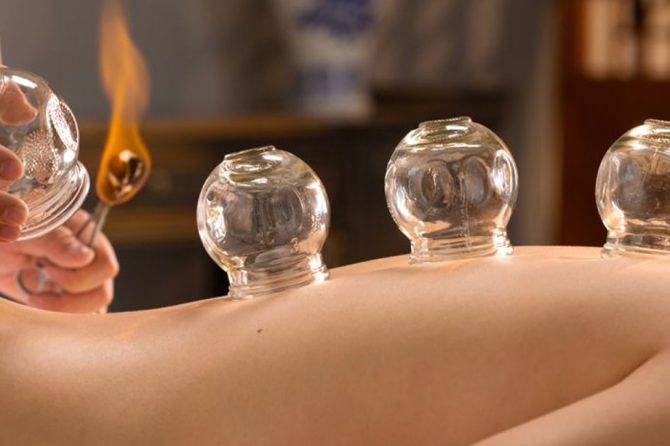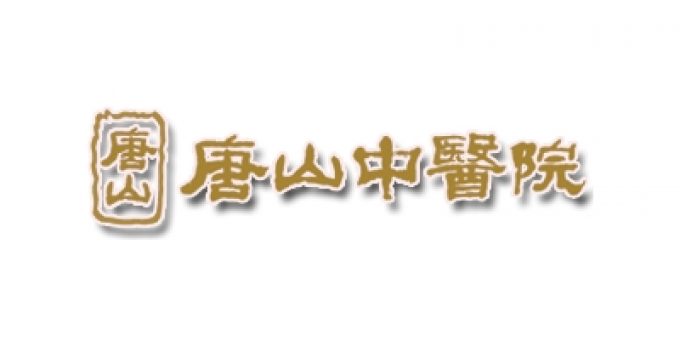
- A team of researchers recently developed a novel way of delivering nucleic acid-based medicines using a method similar to an ancient cupping technique.
- Their experiments indicate that the technique makes vaccine delivery more effective by several orders of magnitude.
- The cupping technique is currently undergoing clinical trials to deliver a COVID-19 vaccine.
Over the past 20 years, scientists have developed a range of nucleic acid-based medicines as both treatmentsTrusted Source and vaccinesTrusted Source.
Nucleic acids are present in all living cells, most notably as DNA and RNA.
Treatments and vaccines that use nucleic acids work by inhibiting, adding, replacing, or editing DNA and RNA in host cells.
How well these treatments and vaccines work depends on how well they can be delivered to the host’s cells. If directly injected into tissue, for example, most nucleic acids will rapidly degrade unless protected.
The Pfizer-BioNTech and Moderna COVID-19 vaccines are both nucleic acid-based medicines. Nucleic acids in these vaccines are enclosed and protected by lipid nanoparticles that deliver them across the host cell membrane.
Although they are effective, drugs delivered in this way are vulnerable to degradationTrusted Source during storage.
One delivery method for nucleic acid-based medicines is electroporationTrusted Source. This involves delivering nucleic acids to cells made more permeable using a pulse of electricity.
While somewhat effective, these electrical impulses can cause muscle contractions, tissue damage, and pain, and they may not be suitable for people who use implantable electrical devices such as defibrillators or pacemakers.
Using this method also requires substantial training, and equipment costs may make it inaccessible to regions and populations with fewer resources.
Creating a method for delivering nucleic acid-based medicines that overcomes unwanted side effects and cost barriers while still being effective could increase the accessibility of vaccines to areas with limited resources.
Recently, researchers from Rutgers, the State University of New Jersey in Piscataway, and GeneOne Life Science in Seoul, South Korea, developed a method based on an ancient cupping technique to deliver nucleic acid-based medicines.
“Development of enhanced delivery technologies plays an instrumental role in bringing nucleic acid-based biologics to broad use and clinical relevance, and worldwide vaccine distribution is just one example,” said senior study author Prof. Hao Lin.
“We have demonstrated an alternative, safe, and effective transfection platform that yields high levels of transgene expression.”
“The advantages also include device cost effectiveness, […] manufacturing scalability, and minimal requirements for user training,” he added.
“Because of the inherent advantages of DNA, not least of which is avoiding cold-chain requirements of other vaccines, this technology facilitates vaccination programs into remote regions of the world where resources are limited,” he added.
The study now appears in the journal Science Advances.
Suction-cupping
Cupping therapyTrusted Source is an ancient treatment method from the Middle East and China. It involves applying heated cups to the skin to create negative pressure and increase blood circulation to promote healing.
Since 1950Trusted Source, doctors have used the method in hospitals in China and elsewhere for conditions such as acne, facial paralysis, and dyspnea.
Although evidence of its health benefits is lackingTrusted Source, the authors of the new study decided to investigate a similar technique as a potential delivery method for nucleic acid-based medicine.
To test the method, the researchers gathered two groups of rats and injected both with DNA in the upper layers of their skin. One group received the “suction cup treatment” on their injection site, whereas the other group did not.
The researchers monitored the activity of the DNA with fluorescence microscopy. They found that gene expression from the vaccine was detectable at 4 hours post-vaccination. In the rats who also underwent cupping, however, gene expression was detectable at 1 hour post-vaccination.
At 24 hours post-injection, the researchers saw that gene expression was detectable eight times deeper under the skin among the rats who underwent cupping than among those who received DNA injections alone.
Leave a reply








Wow, if i knew cupping helped with vaccination, i would do it everyday!
ReplyALBRuYCLXVpRHBAVYUcnnNg
Reply